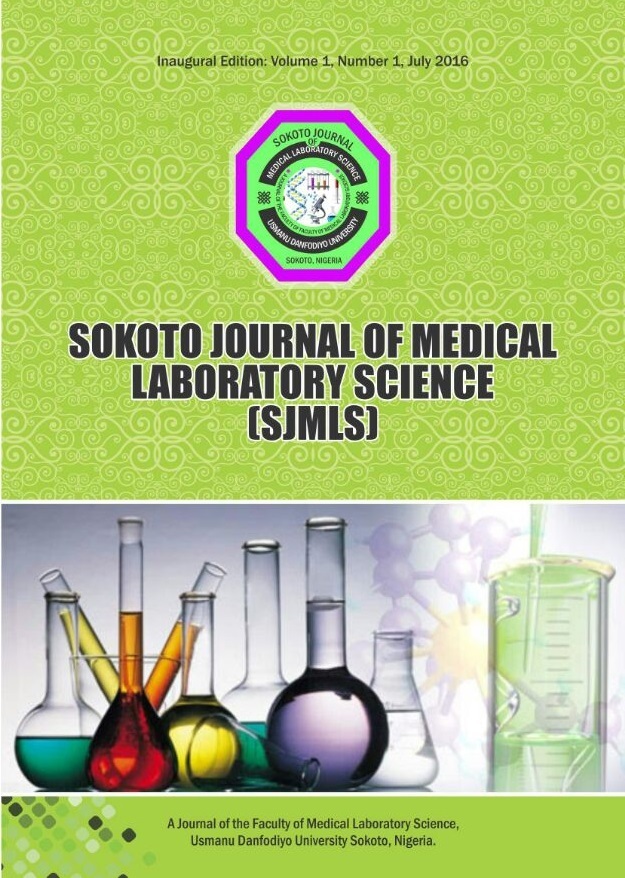Immunomodulation of IFN-ã, IL-4, and IL-10 Cytokines by Polyherbal Formulation in Cyclophosphamide-Induced Immunosuppression among Wistar Rats
Keywords:
Cyclophosphamide, Cytokines, Immunomodulation, Immunosuppression, Murine, Polyherbal formulationAbstract
This study evaluated the immunomodulatory potential of aqueous extract of polyherbal formulation (PHF) in cyclophosphamide (CP)- induced immunosuppression in Wistar albino rats. The rats were randomly divided into six (6) groups of four (4) rats each. The normal control group received 10 ml/kg b.w of normal saline for 28 days orally. The Positive control group received 50mg/kg b.w of Levamisole Hydrochloride for 28 days orally. Cyclophosphamide (CP) control group had 10 mg/ kg b.w of CP for three days subcutaneously. While the Treatment control group received 1500 mg/ kg b.w of PHF orally for 28 days. Treatment 1 group received 10 mg/ kg b.w of CP for three days subcutaneously, followed by oral administration of 1500 mg/ kg b.w of PHF for 28 days. Lastly, Treatment 2 group received 1500 mg/ kg b.w of PHF for 28 days orally, followed by subcutaneous administration of 10 mg/ kg b.w of CP for three days. On the first day prior to any intervention, 1 ml of the blood sample was collected from each rat which serve as a pre-treatment sample. At the end of the experiment (after 28 days), a blood sample was collected from each rat which serve as a post-treatment sample. The serum concentration of IFN-ã, IL-4, and IL-10 were determined using the ELISA technique. For pre-treatment samples, there was no statistically significant difference in the mean serum concentration of the cytokines across the groups (p >0.05). For post-treatment samples, there was a statistically significant difference in the mean serum concentration of IFN-ã (p < 0.0001) and IL-4 (p<0.001) across the groups. There was a significant difference when normal controls were compared with other groups in IFN-ã and IL-4 (p <0.05). No significant difference was observed in IL-10. The formulation seems to neutralise the immunosuppressive condition and induce immunostimulatory activity on the immune cells responsible for the secretion of IFN-ã and IL-4.




